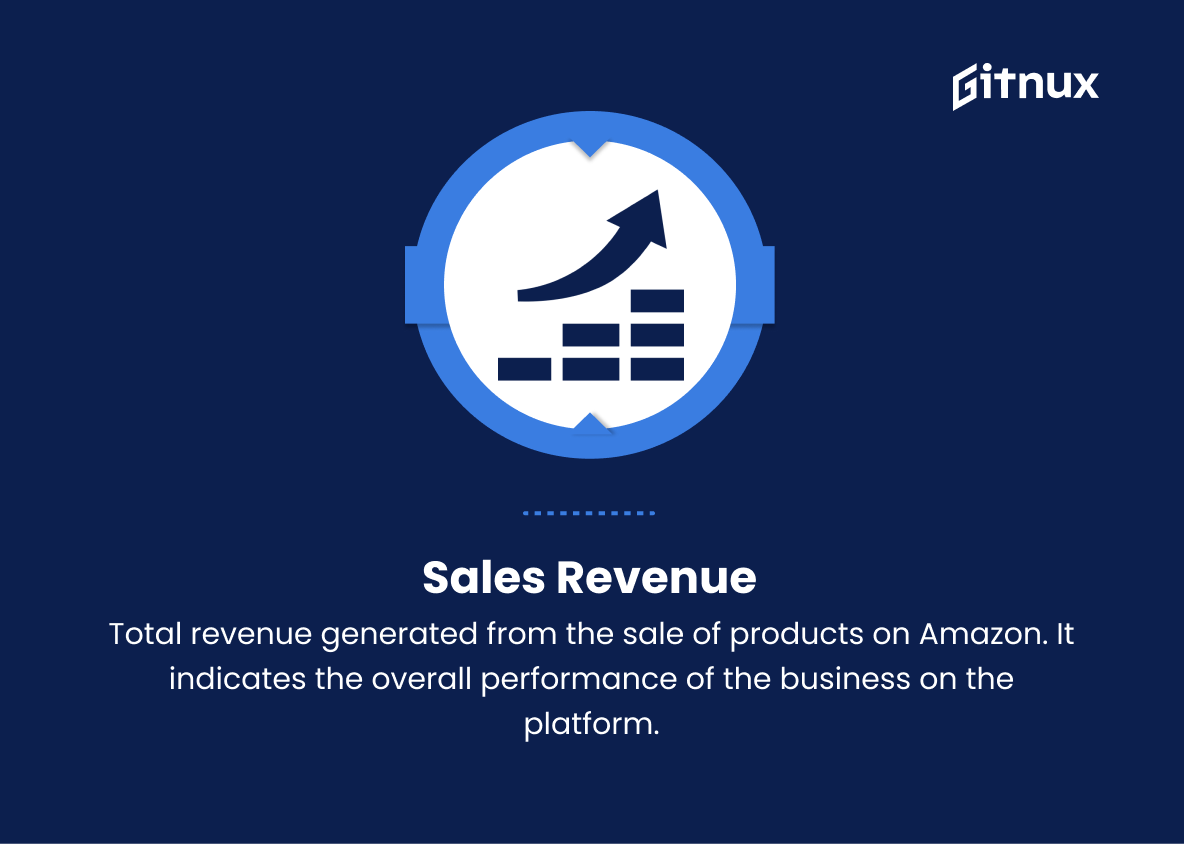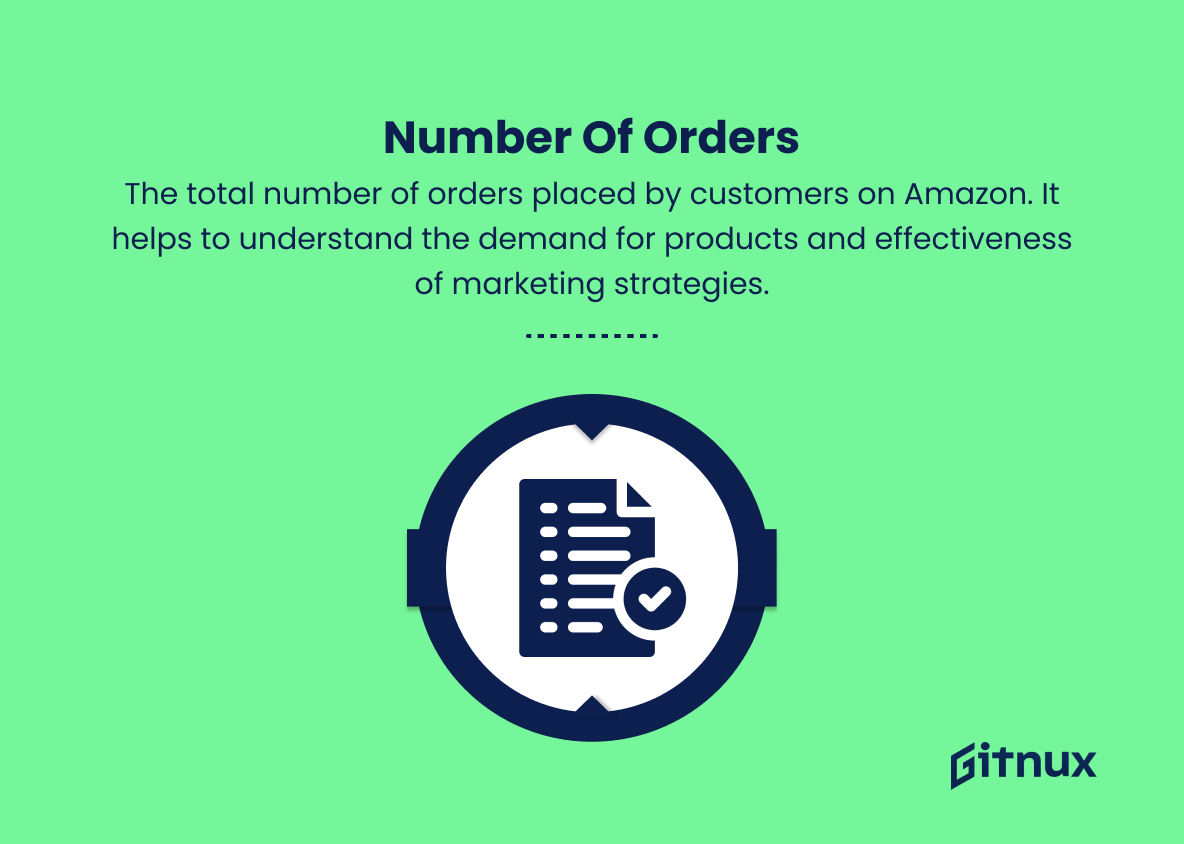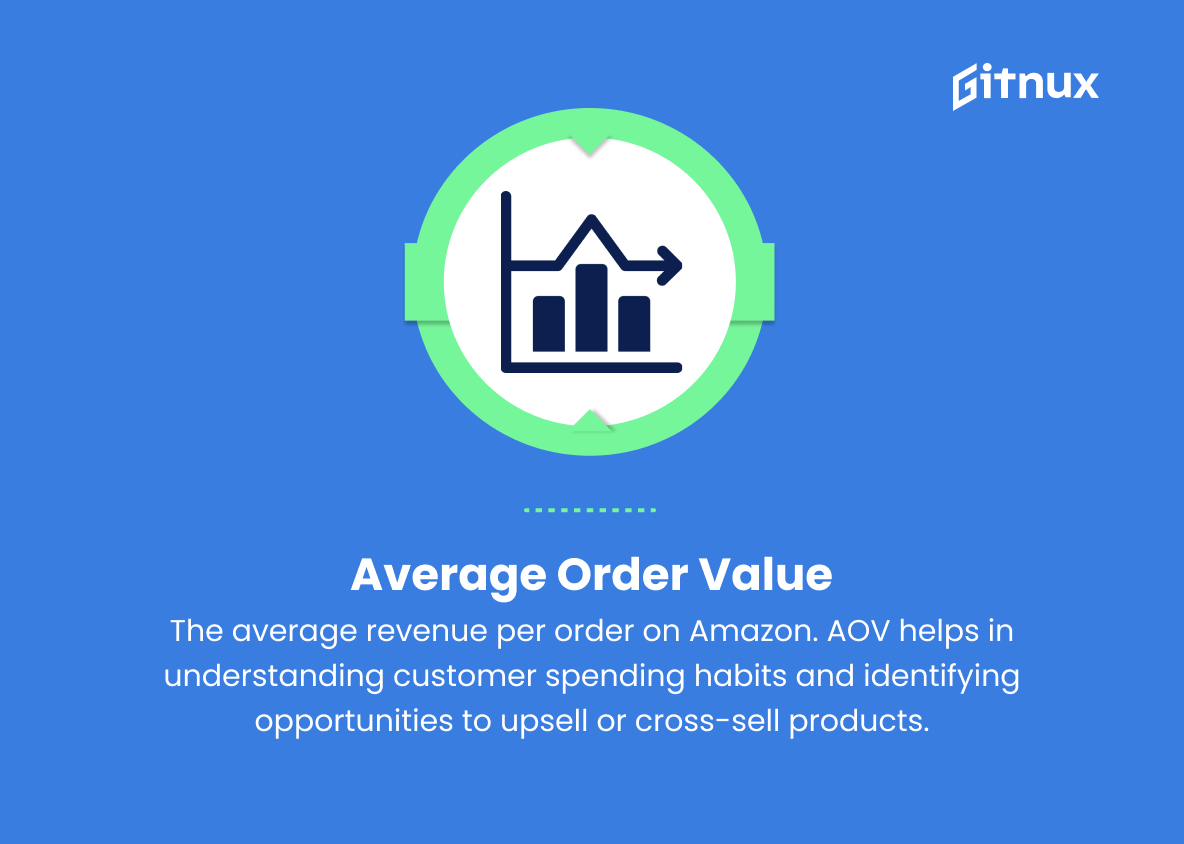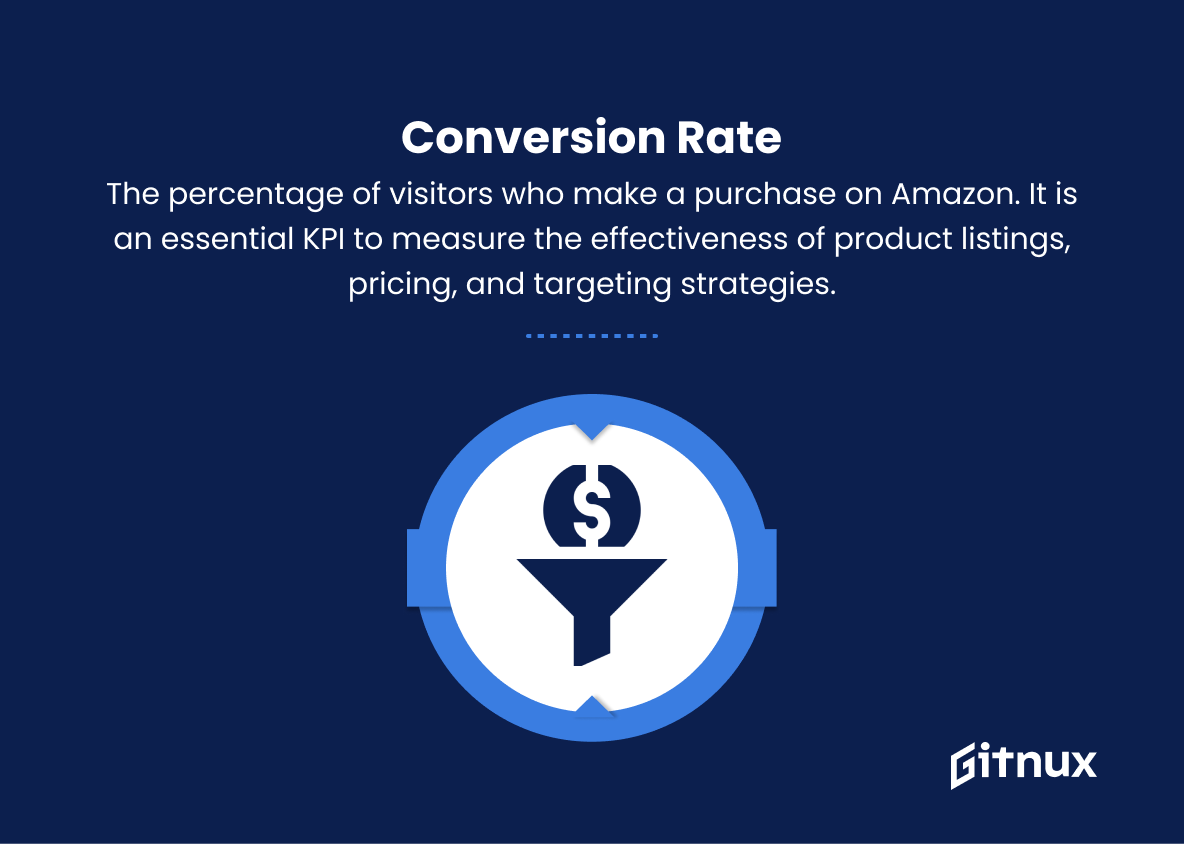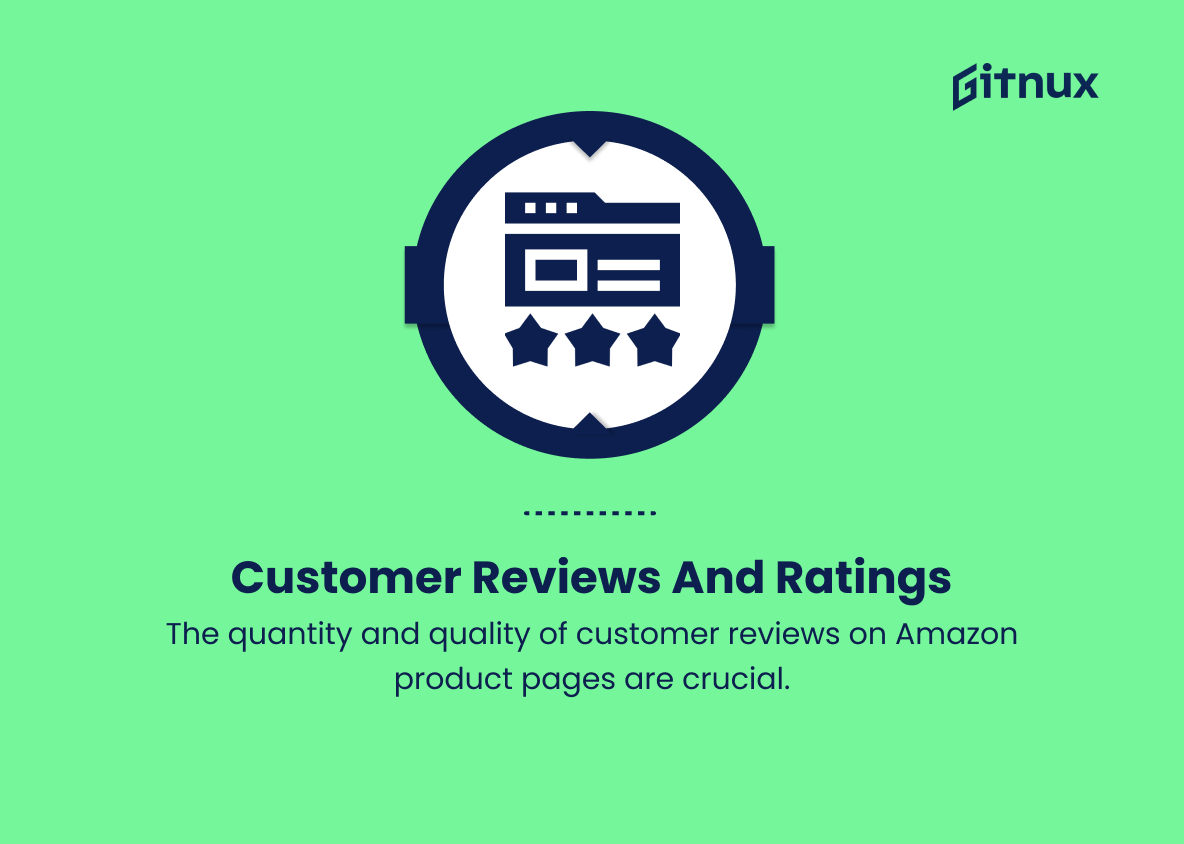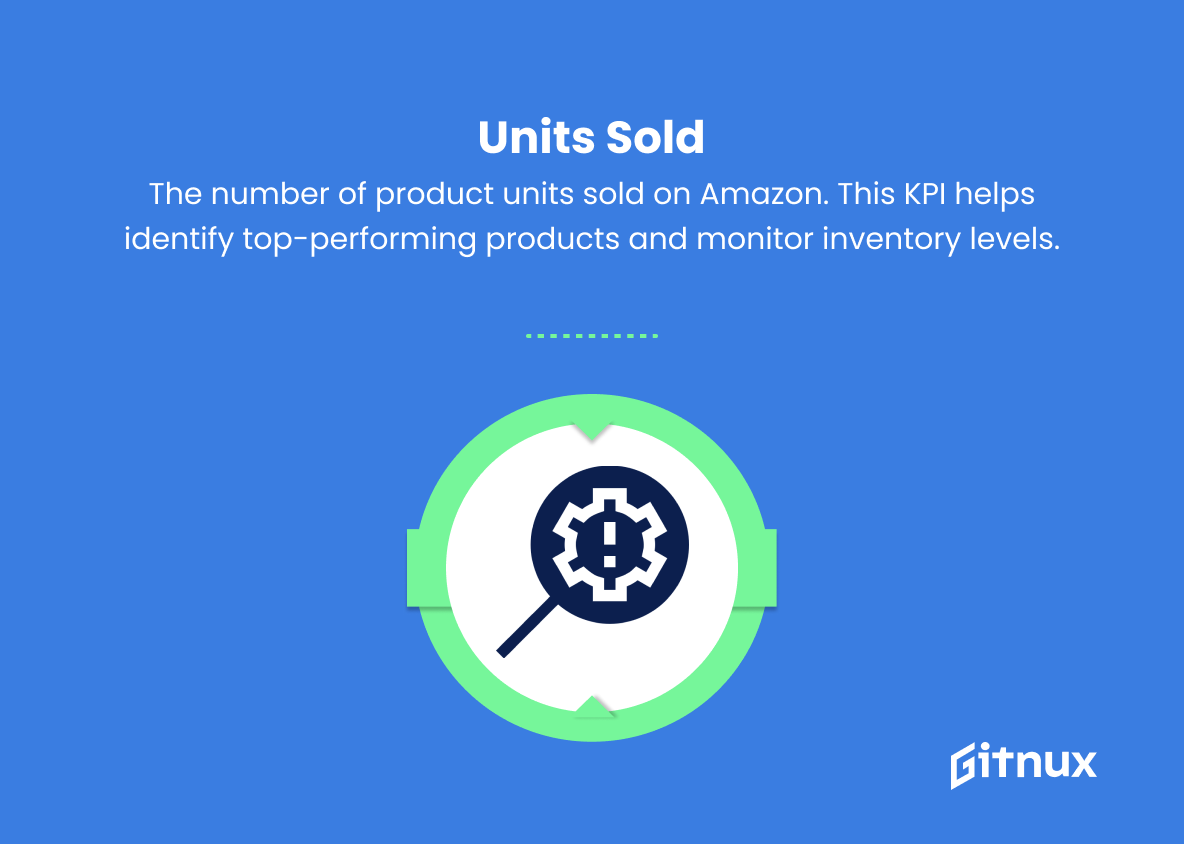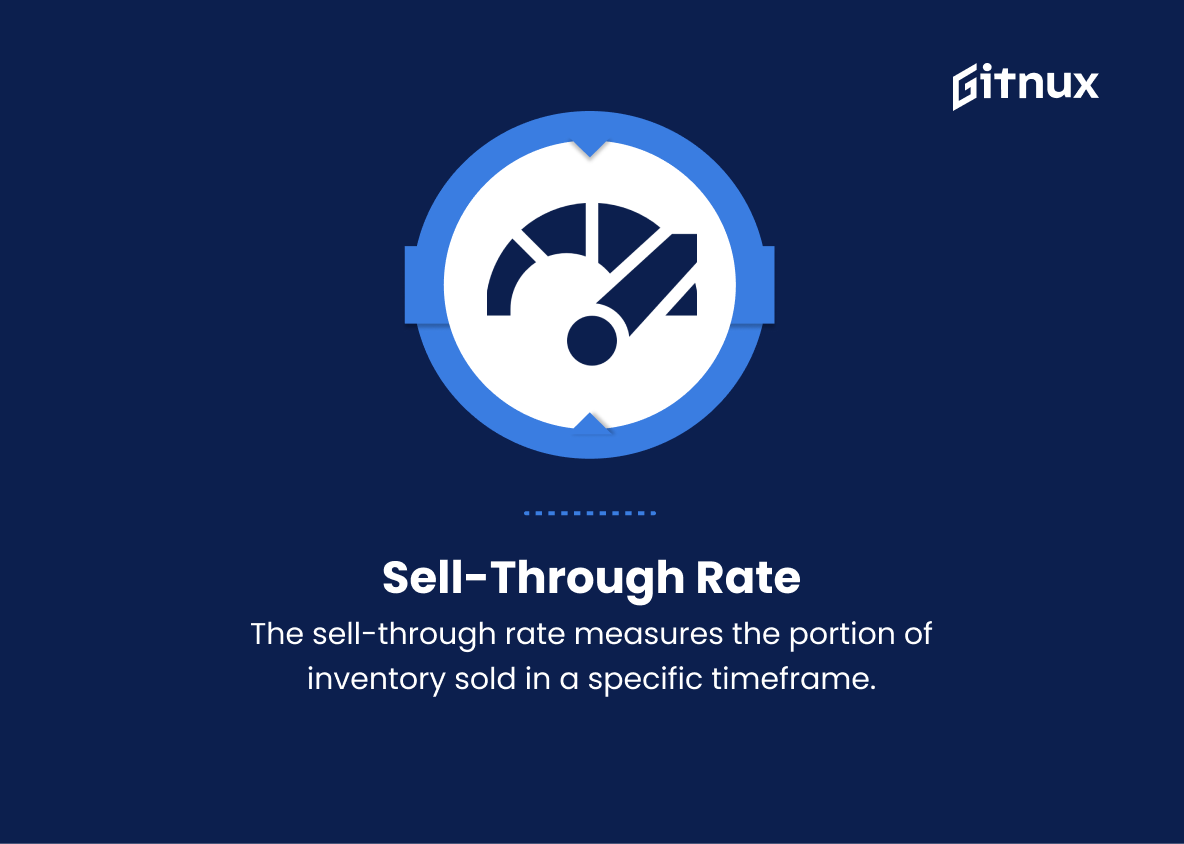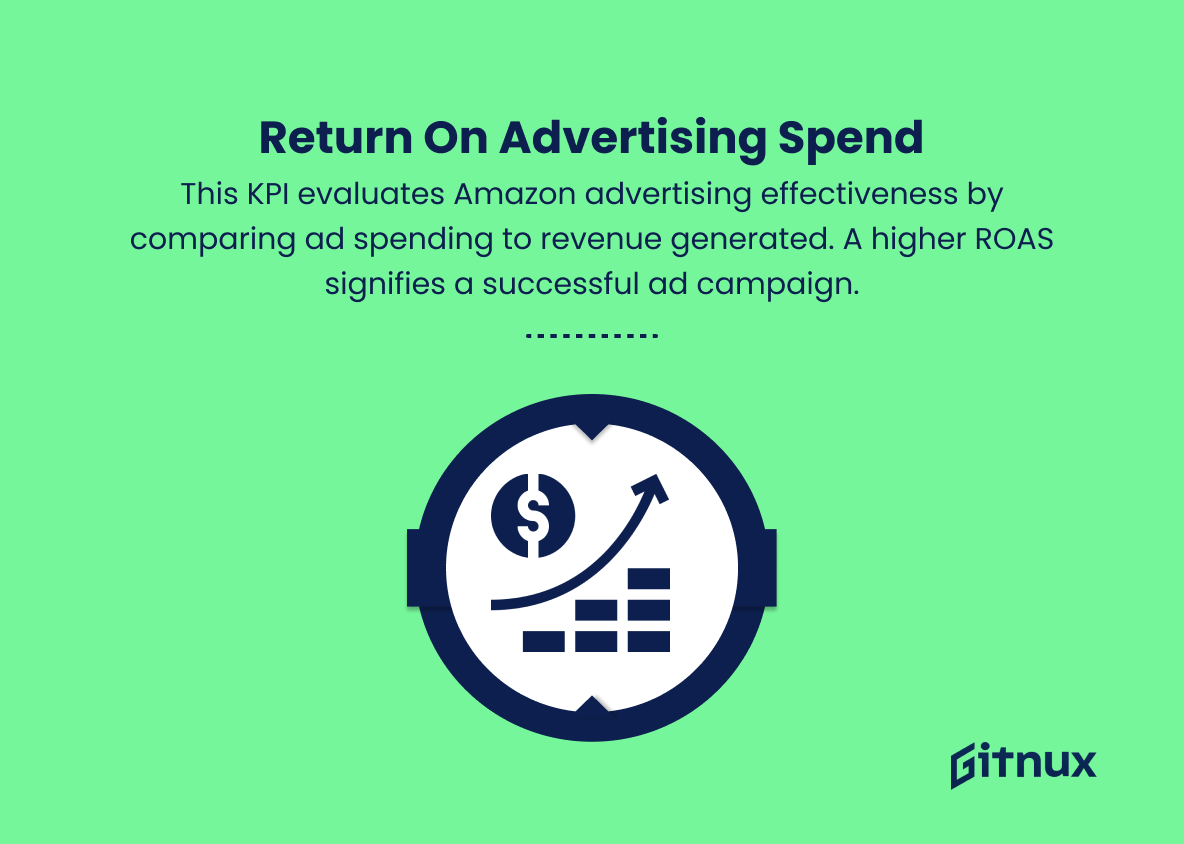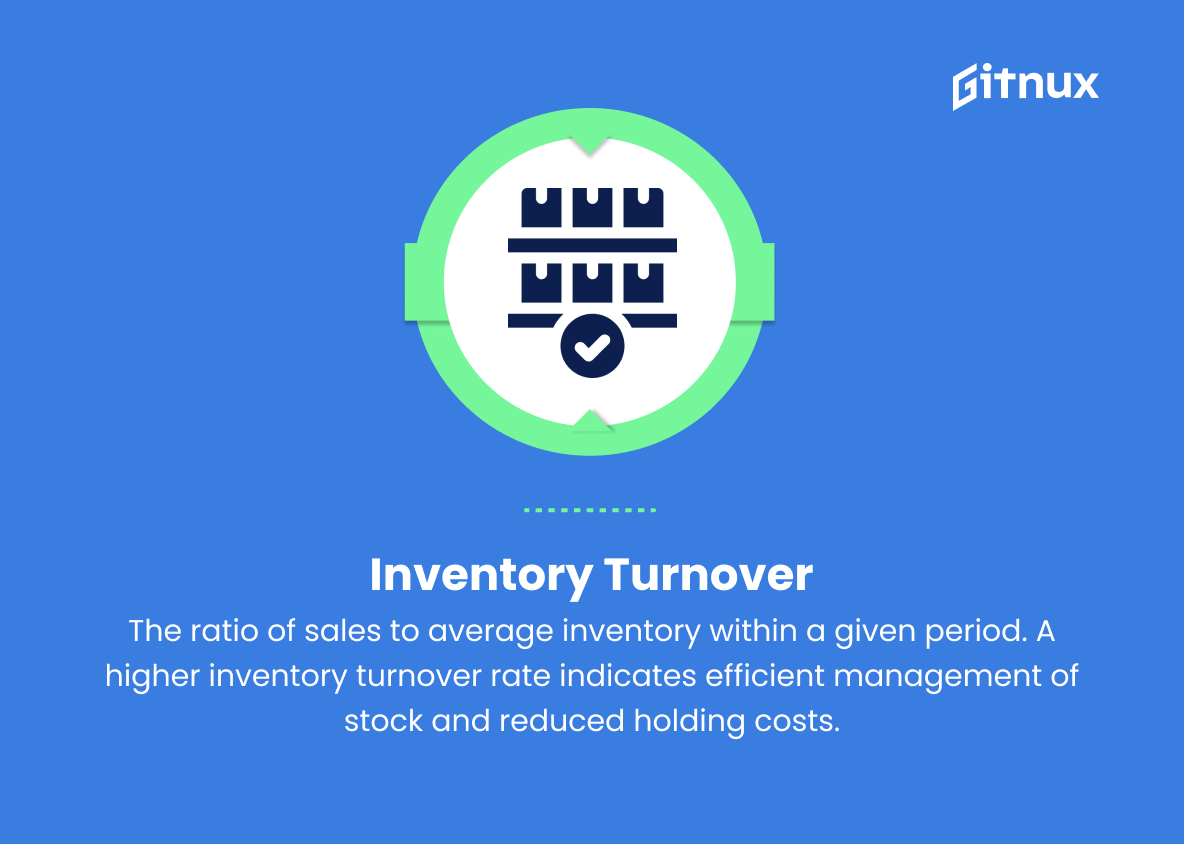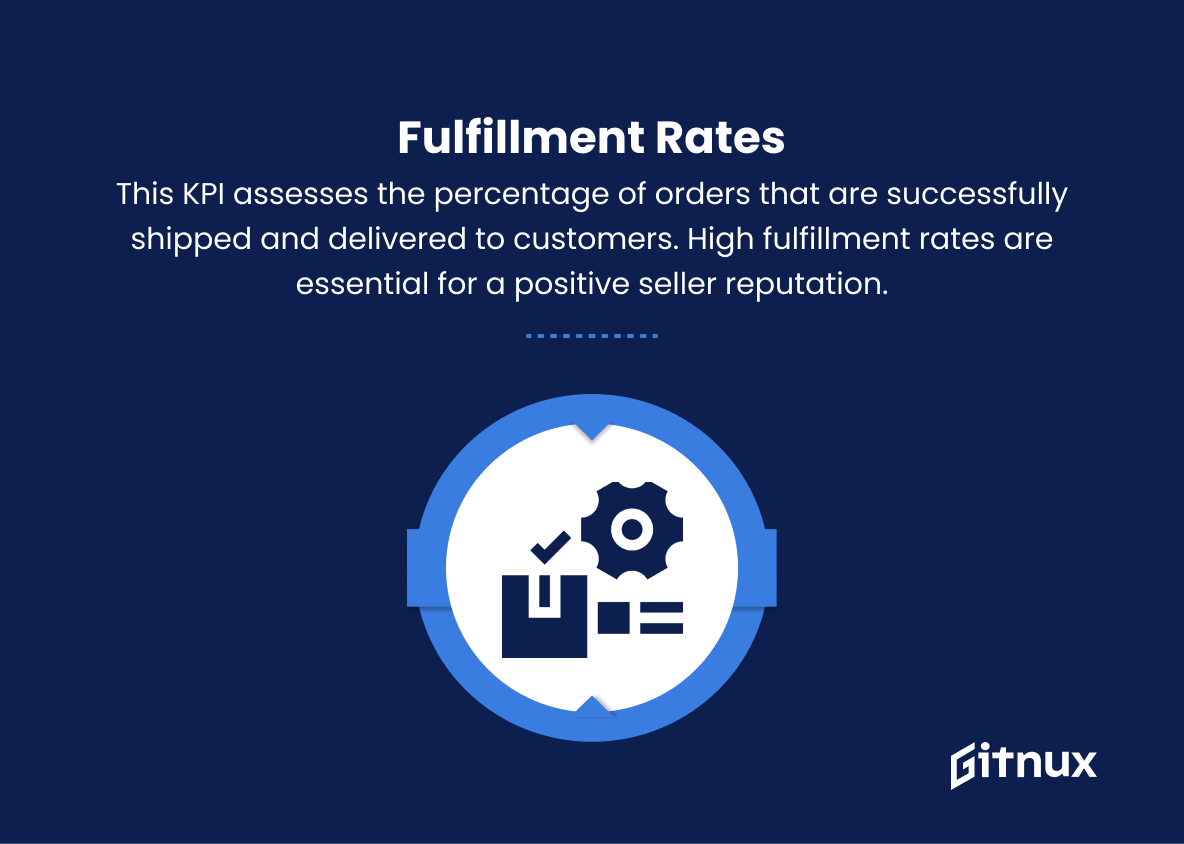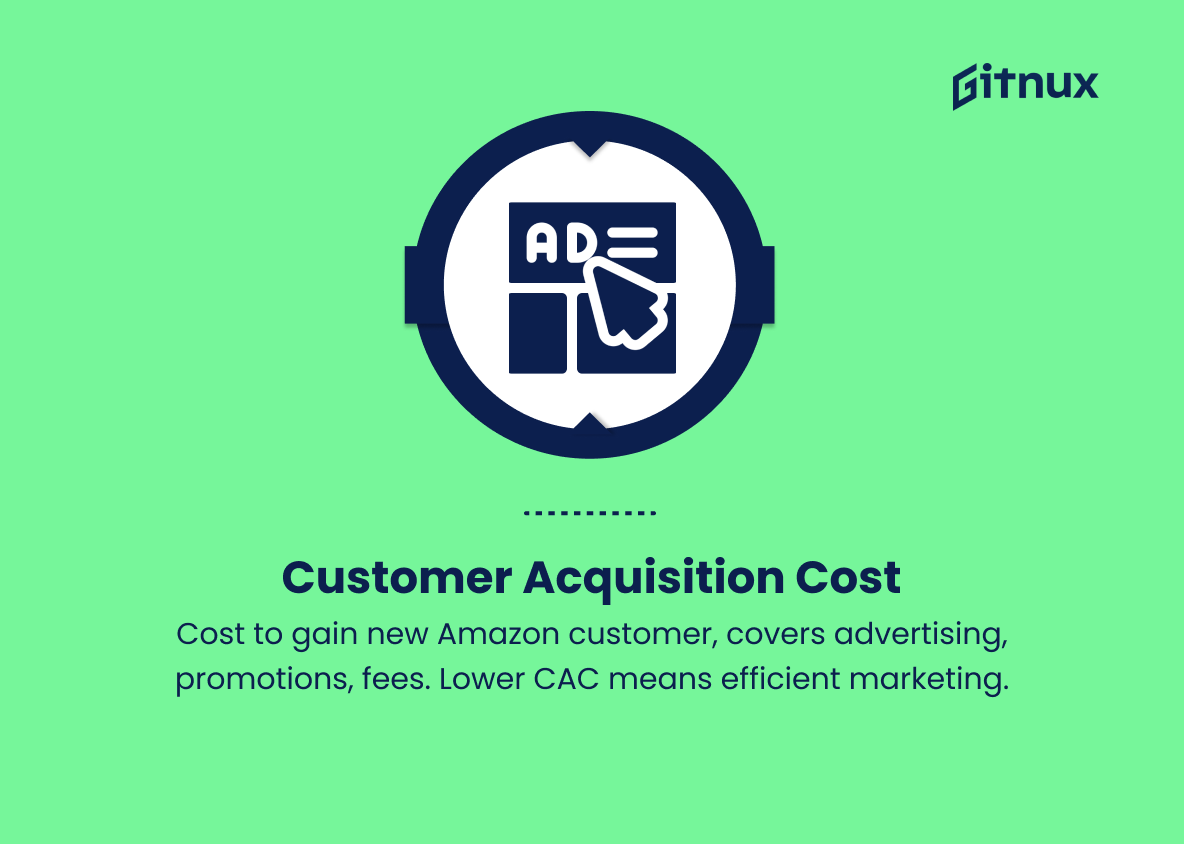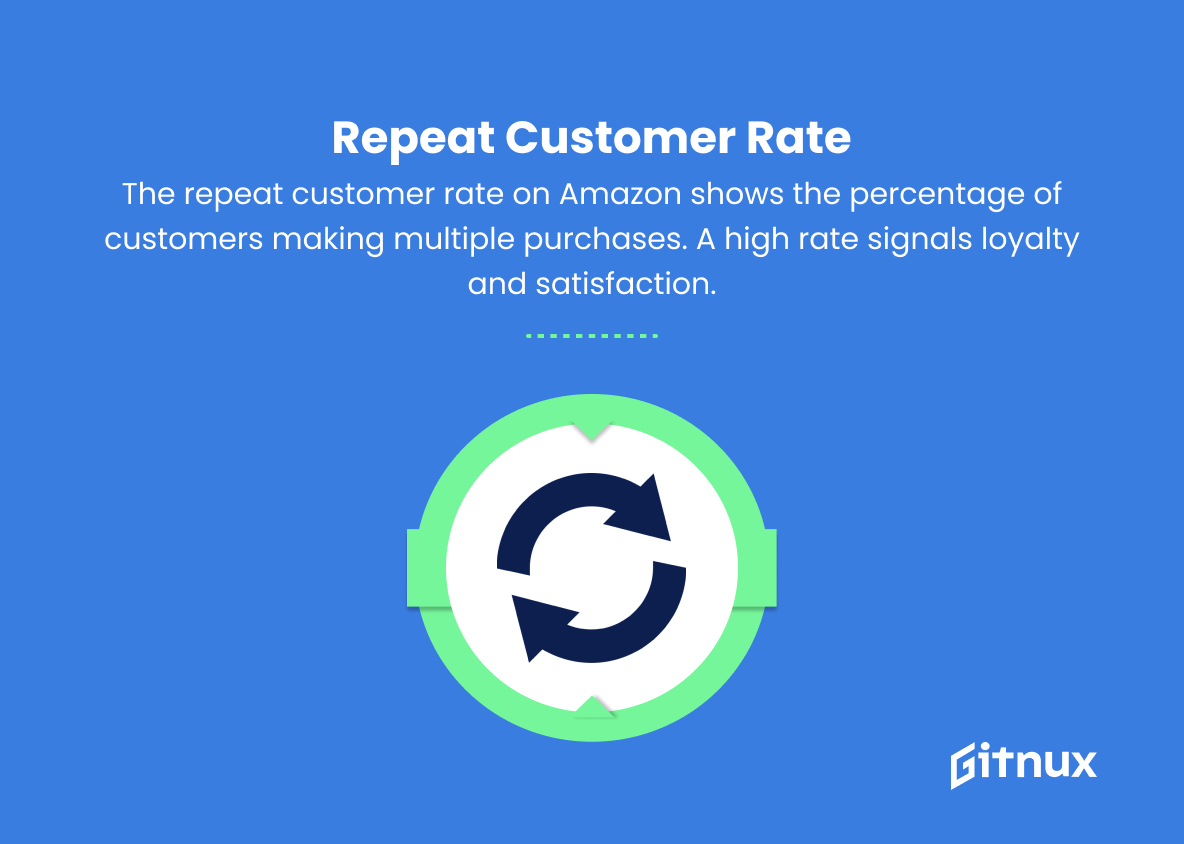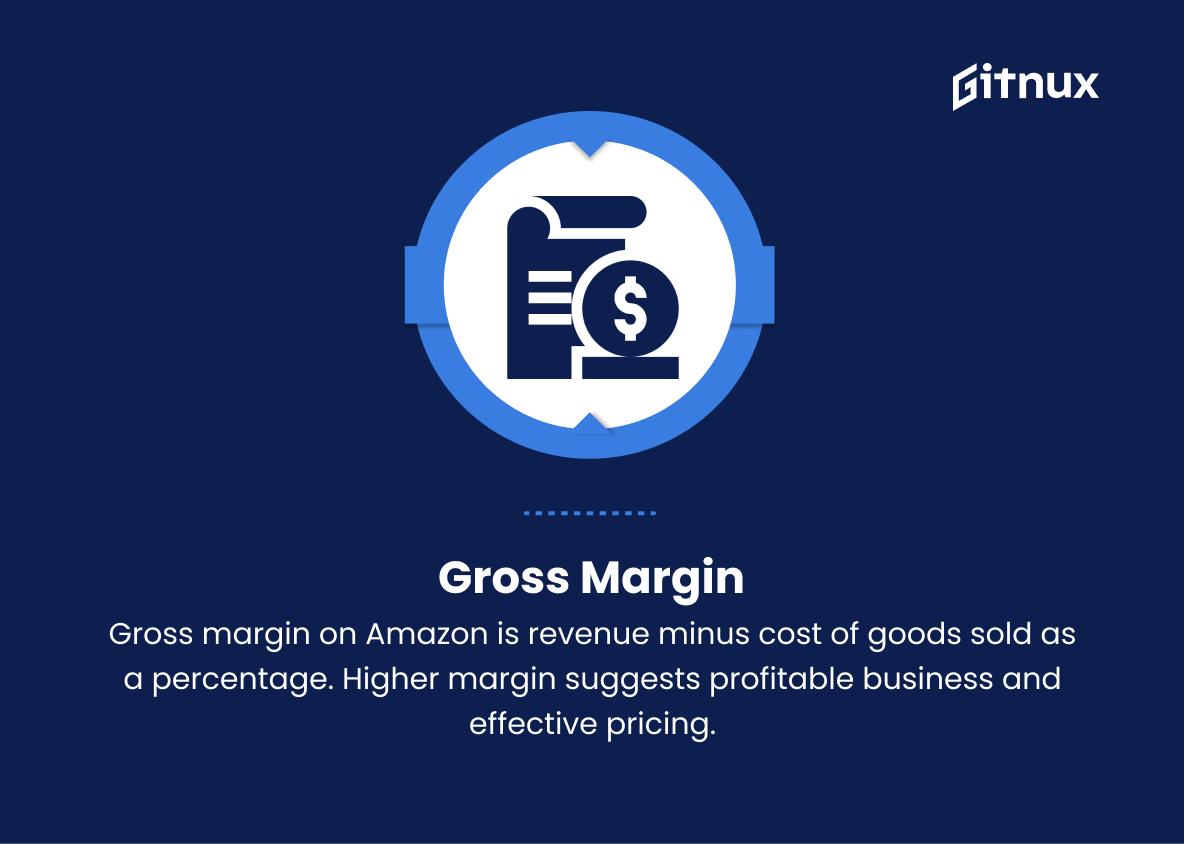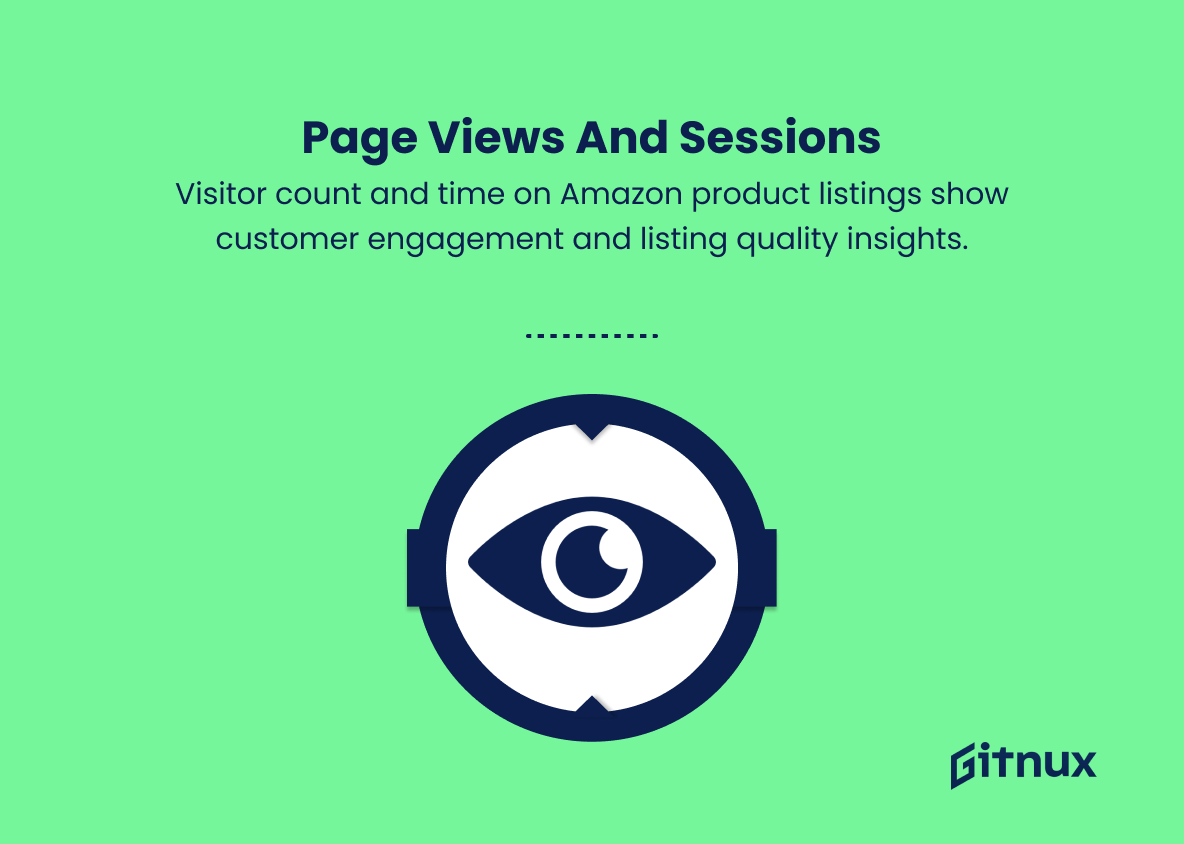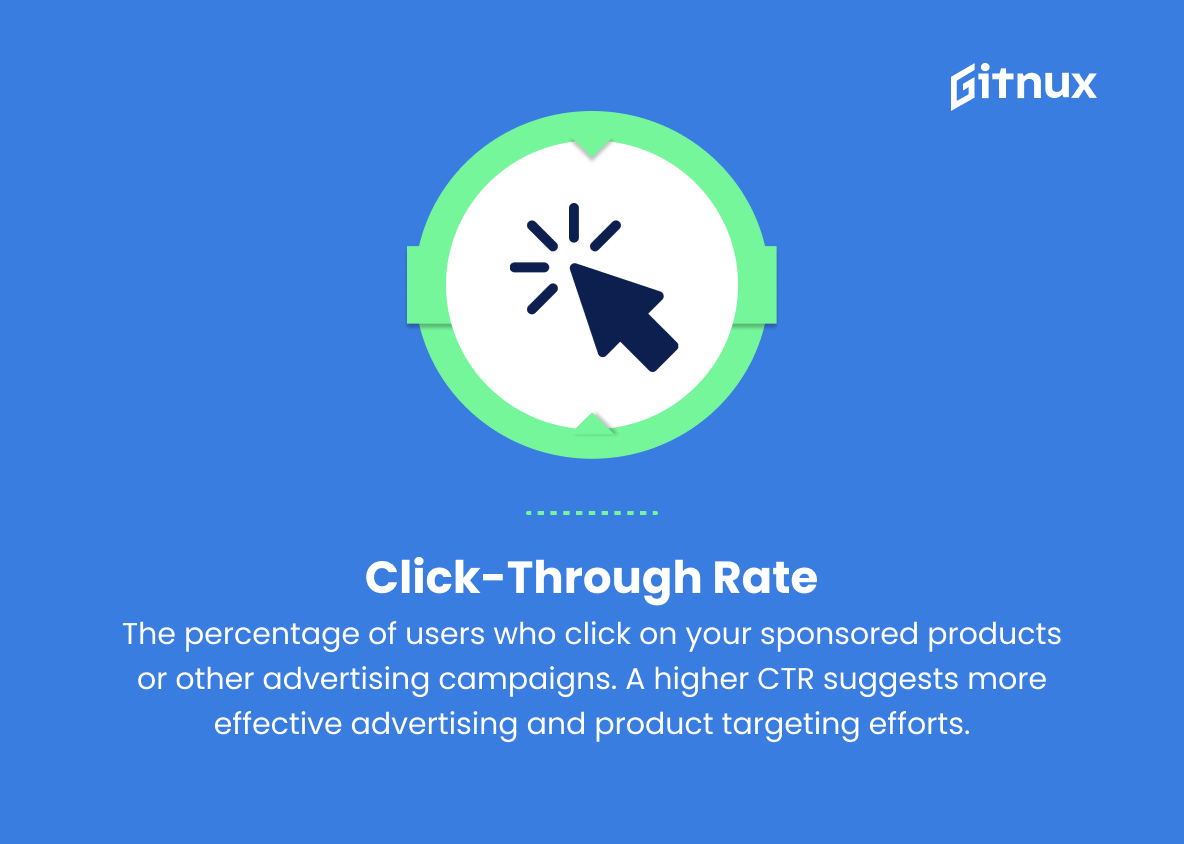In the ever-evolving world of e-commerce, businesses are continuously striving to improve their performance and surpass the competition. As an online seller, keeping track of your Amazon store’s progress is crucial to achieving optimal growth and maximizing revenue. One of the most effective ways to monitor and evaluate the success of your operation on this vast platform is by measuring Key Performance Indicators (KPIs).
In this comprehensive blog post, we will delve deep into Amazon KPIs, offering valuable insights and expert guidance on understanding, tracking, and optimizing these vital aspects of your online business. So, whether you’re an established seller looking to enhance your current strategies or a newcomer seeking to unlock your store’s true potential, this post will serve as your go-to resource for navigating the complex world of Amazon KPIs.
Amazon KPIs You Should Know
1. Sales Revenue
Total revenue generated from the sale of products on Amazon. It indicates the overall performance of the business on the platform.
2. Number of Orders
The total number of orders placed by customers on Amazon. It helps to understand the demand for products and effectiveness of marketing strategies.
Number of Orders helps to understand the demand for products and effectiveness of marketing strategies.3. Average Order Value (AOV)
The average revenue per order on Amazon. AOV helps in understanding customer spending habits and identifying opportunities to upsell or cross-sell products.
4. Conversion Rate
The percentage of visitors who make a purchase on Amazon. It is an essential KPI to measure the effectiveness of product listings, pricing, and targeting strategies.
5. Customer Reviews and Ratings
The number and quality of customer reviews on Amazon product listings. Positive reviews and ratings can improve the reputation and trustworthiness of a product, leading to higher sales and better rankings.
6. Units Sold
The number of product units sold on Amazon. This KPI helps identify top-performing products and monitor inventory levels.
7. Sell-through Rate
The percentage of inventory sold within a given period. A high sell-through rate indicates strong demand for the product, while a low rate might suggest the need for better marketing or reevaluation of the product range.
8. Return on Advertising Spend (ROAS)
This KPI measures the effectiveness of advertising efforts on Amazon by comparing ad spend to the revenue generated from those ads. A higher ROAS indicates a more successful ad campaign.
9. Inventory Turnover
The ratio of sales to average inventory within a given period. A higher inventory turnover rate indicates efficient management of stock and reduced holding costs.
10. Fulfillment Rates
This KPI measures the percentage of orders successfully shipped and delivered to customers. High fulfillment rates are crucial for maintaining a positive seller reputation and reducing customer complaints.
11. Customer Acquisition Cost (CAC)
The cost of acquiring a new customer on Amazon, which includes expenses such as advertising, promotions, and fees. A lower CAC implies an efficient and cost-effective marketing strategy.
CAC is the cost of acquiring a new customer on Amazon, which includes expenses such as advertising, promotions, and fees.12. Repeat Customer Rate
The percentage of customers who make multiple purchases from your Amazon store. A high repeat customer rate is an indicator of customer loyalty and satisfaction with your products and services.
13. Gross Margin
The difference between the revenue generated and the cost of goods sold, expressed as a percentage. A higher gross margin indicates a more profitable Amazon business with good pricing strategies and operating efficiency.
14. Page Views and Sessions
The number of visitors and the time spent on your Amazon product listings. It is an essential metric for understanding customer engagement and identifying areas for improvement in your product listings.
15. Click-Through Rate (CTR)
The percentage of users who click on your sponsored products or other advertising campaigns. A higher CTR suggests more effective advertising and product targeting efforts.
Amazon KPIs Explained
The importance of Amazon KPIs lies in their ability to provide insights and strategic direction for businesses operating on the platform. Sales revenue acts as a performance barometer, while the number of orders and their average value highlight demand and customer spending habits. Conversion rates, reviews, and ratings gauge the effectiveness of product listings and marketing efforts. Units sold, sell-through rates, and inventory turnover offer visibility into product performance and stock management.
Metrics such as ROAS, CAC, and fulfillment rates help evaluate advertising and operational efficiency. Repeat customer rates and gross margins reveal customer loyalty and business profitability, respectively. Lastly, page views, sessions, and CTR help identify areas for improvement in product listings and advertising strategies. Together, these KPIs offer a comprehensive picture of Amazon businesses, guiding decision-making and driving success.
Conclusion
In wrapping up, understanding and tracking the appropriate Amazon KPIs is vital for success in the constantly evolving e-commerce landscape. By closely monitoring key performance indicators such as conversion rate, click-through rate, and the buy box win rate, businesses can effectively optimize their Amazon strategies and stay ahead of the competition. Furthermore, monitoring customer reviews, inventory turnover, and return on investment helps maintain a healthy and growing online presence.
As the e-commerce giant continues to shift and expand, staying informed and adapting to changes in algorithms and market trends will be crucial to leverage the maximum potential of the Amazon platform. As a savvy seller, do not underestimate the power of data-driven insights—make the most of Amazon KPIs to bolster your success and longevity in the online marketplace.
